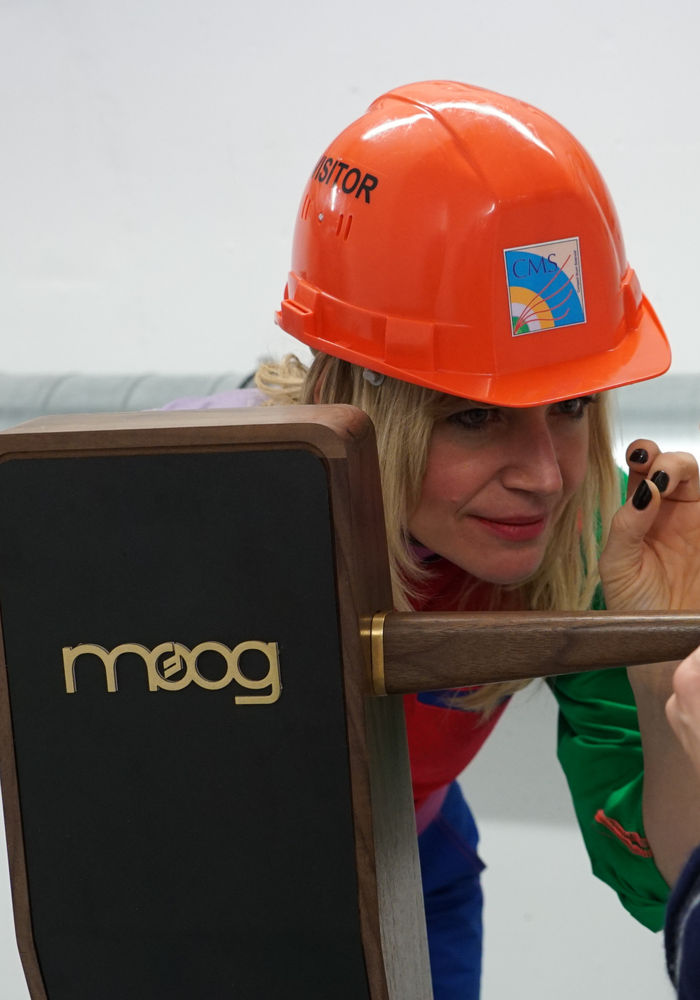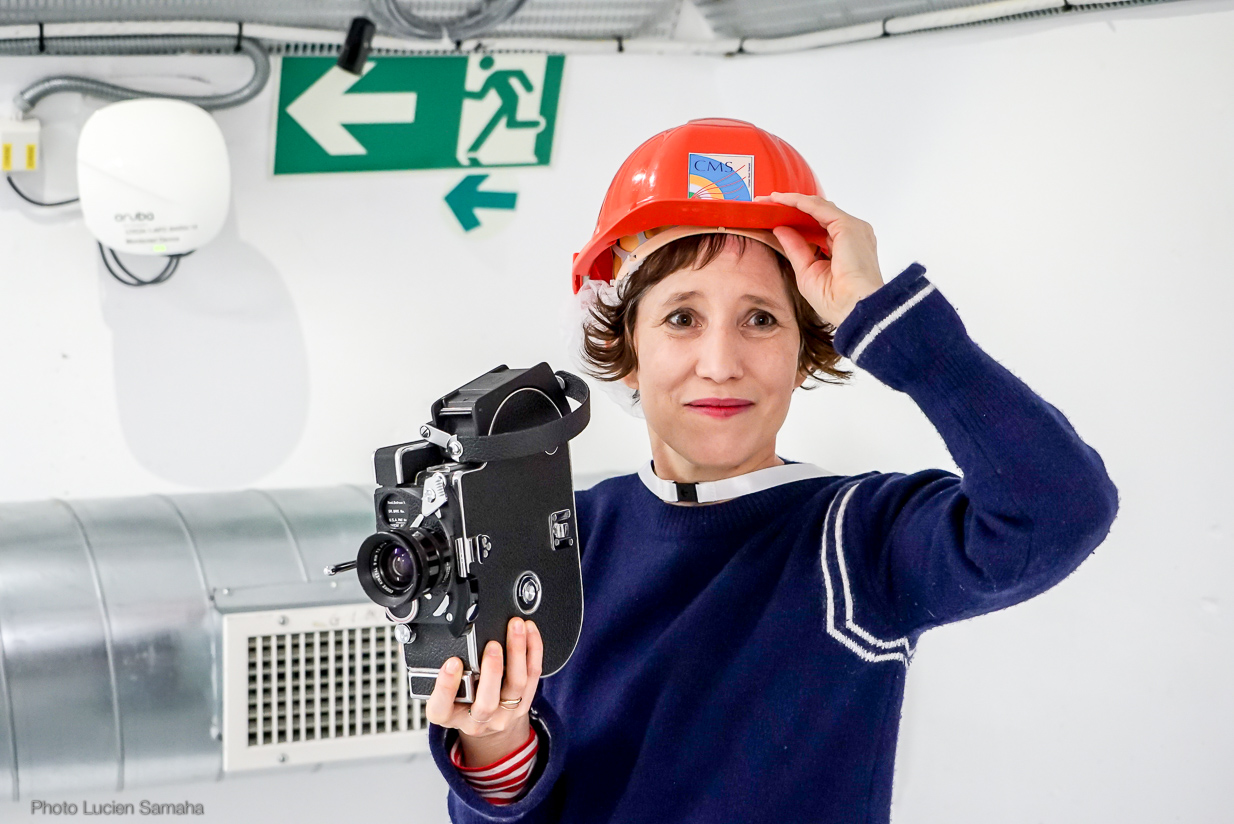Without actually making the trip 30+ stories underground, it might not be possible to get a feel for just how thrilling it is to visit CERN, the European Organisation for Nuclear Research, located just outside of Geneva, Switzerland— but Electronic Storm gets you closer.
In this new short film, accomplished filmmaker Marie Losier and master thereminist Dorit Chrysler build a sci-fi-inspired world at the intersection of musical exploration and scientific discovery.
Set to an original composition that Chrysler crafts throughout the piece using Moog Music's new Claravox Centennial theremin - a mystifying musical instrument that is played without physical contact - Losier artfully captures the futuristic world of the world-renowned particle physics facility.
"It was a uniquely inspiring location," Chrysler says of CERN. "An international cathedral of science following no commercial purpose but pure creative experimenting on a scale so grand that I had never witnessed before. It immediately inspired the idea to set a film there... putting this location to sound and to celebrate the beginnings of electronic music, a colossal moment of invention... the centennial of the theremin."
"I had recently seen a remastered version of Metropolis by Fritz Lang and its industrial sceneries evoked CERN for me," she recalls.





